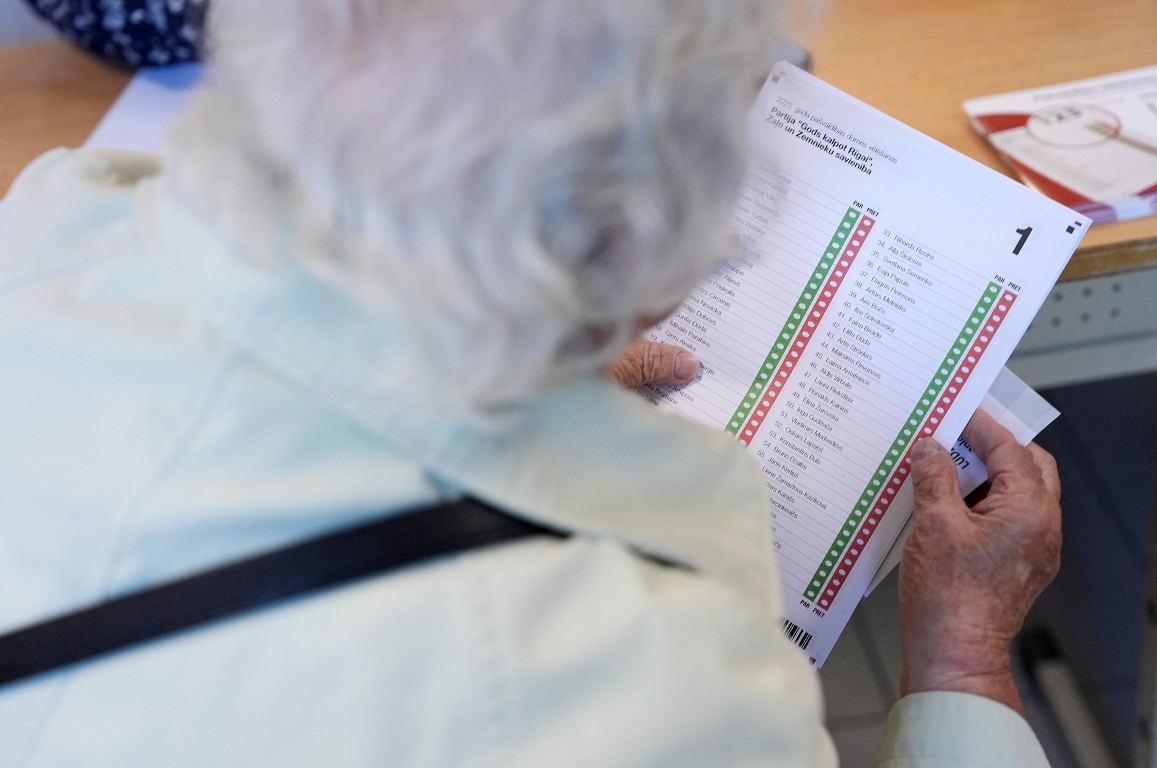EU is contracts for a public register on soil pollution

The European contracts for the introduction of a public register, in which the purity of soil will be categorized according to its pollution. This is done by a long -delayed project for a soil monitoring directive, whose text was agreed early on Thursday morning by the European Parliament’s negotiation teams and the Polish Presidency of the EU Council.
The directive is part of the green deal, but has been postponed many times because of farmers’ protests against new environmental policies in 2023 and 2024.
This is the first EU evaluation and soil monitoring legislation across Europe.
Soil monitoring
According to the agreed texts to be voted on by the European Parliament and by the Member States, in order to become a law, potentially polluted terrains will appear on a public list, which must be available up to ten years after the entry into force of the legislation. It will also need to prepare measures to eliminate unacceptable risks to human health and the environment.
Arctic: Climatic changes lead to defrosting permaprost and large -scale forest fires (video)
The Directive also introduces a list of criteria by which soil pollution will be evaluated. They will be the same in all European countries and will characterize the physical, chemical and biological aspect of soil health for every type of soil. In addition, EU methodology for sampling points will be applied.
The Directive introduces classes to describe soil health, which will be based on target and initial values.
In order to reflect the various levels of soil degradation and local conditions, national authorities will define non -binding, sustainable goals for any soil descriptor, a statement from the negotiation team of parliament said.

The directive defines as the main methods for reducing the soil layer pollution its sealing and removal. These principles will be taken into account in spatial planning, including in residential construction, mining, sustainable farming and energy transition.
The European Commission will provide additional financial and technical assistance to countries that further develop the European methodology for their assessments.
Hazardous substances
18 months after the entry into force of the Directive, an indicative list of observation of substances that could pose a significant risk to the health of the soil, human health or the environment will be prepared and for which data is needed. This list will include the appropriate PFAS (also known as « eternal chemicals ») and pesticides.
National authorities will have to regularly evaluate the financial costs of agricultural and forest farmers to improve the health and resilience of the soil.
At the same time, farmers and forestry will not have additional obligations related to the legislation arising from the soil monitoring directive, says Parliament.
According to EU data, between 60 and 70% of European soils are unhealthy due to urbanization, low levels of ground recycling, intensification of agricultural practices and climate change.
Degraded soils are the main engine of the climate crisis and biodiversity and they reduce the provision of key ecosystem services. This costs at least 50 billion euros a year, according to the committee.
According to EU strategy, the lack of special EU legislation was cited as the main cause of the worrying soil condition.
The EU has set itself the goal, but without obliging countries to achieve it, until the middle of the century, all soils are in a healthy state.







:format(webp)/s3/static.nrc.nl/images/gn4/stripped/data132512191-bf7b93.jpg)